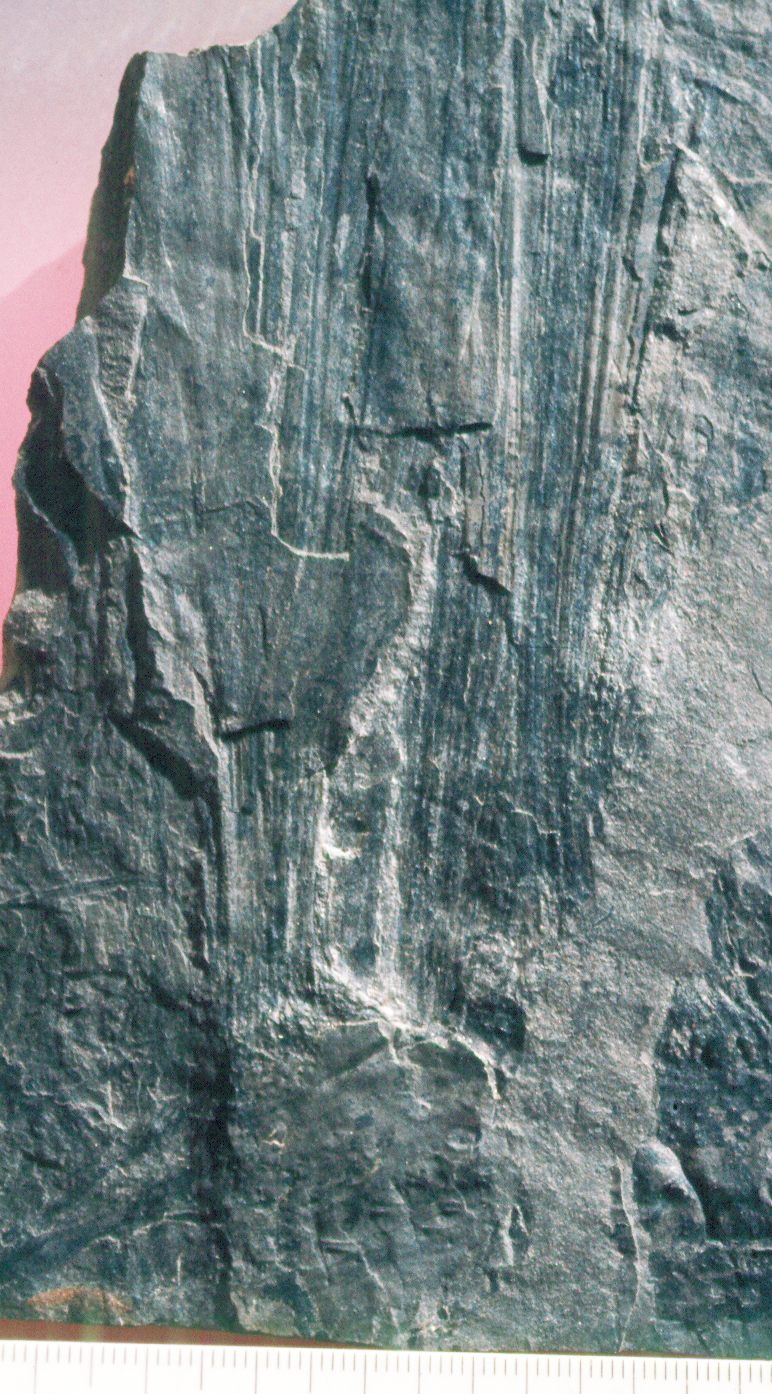|
Pleuromeiales
Pleuromeiaceae is an extinct family of plants related to living quillworts (''Isoetes''), in the order Isoetales Isoetales, sometimes also written Isoëtales, is an order of plants in the class Lycopodiopsida. There are about 140-150 living species, all of which are classified in the genus ''Isoetes'' (quillworts), with a cosmopolitan distribution, but ... but with tall stems and terminal compact cones. They were especially widespread globally during the Early and Middle Triassic in the aftermath of the Permian-Triassic mass extinction. References Prehistoric plant families Prehistoric lycophytes {{paleo-lycophyte-stub ... [...More Info...] [...Related Items...] OR: [Wikipedia] [Google] [Baidu] |
Cylostrobus
''Cylostrobus'' is genus of Lycopsida most like ''Pleuromeia'', but with very compact and round cones. It is known from the Early Triassic of Australia, coincident with a marked greenhouse spike at the end of the Early Triassic. The genus ''Cylostrobus'' was erected for the compact cone only, in the paleobotanical system of form genera, but these small plants are well enough understood that the name ''Cylostrobus sydneyensis'' is used for the whole plant, rather than the old name ''Pleuromeia longicaulis''. Other species of ''Pleuromeia'' have attached cones that are less compact and produce different spores. See also * Evolution of plants The evolution of plants has resulted in a wide range of complexity, from the earliest algal mats, through multicellular marine and freshwater green algae, terrestrial bryophytes, lycopods and ferns, to the complex gymnosperms and angiosperms (fl ... References Prehistoric lycophytes Triassic plants Prehistoric lycophyte g ... [...More Info...] [...Related Items...] OR: [Wikipedia] [Google] [Baidu] |
Pleuromeia
''Pleuromeia'' is an extinct genus of lycophytes. They are related to modern quillworts (''Isoetes''). ''Pleuromeia'' dominated vegetation during the Early Triassic all over Eurasia and elsewhere, in the aftermath of the collapse of floral communities during the Permian–Triassic extinction event, often occurring in monospecific assemblages. Its sedimentary context in monospecific assemblages on immature paleosols, is evidence that it was an opportunistic pioneer plant that grew on mineral soils with little competition. It spread to high latitudes with greenhouse climatic conditions. Conifers reoccurred in the Early Anisian, followed by the cycads and pteridosperms during the Late Anisian. Description ''Pleuromeia'' consisted of a single unbranched stem of variable thickness, which could grow to a maximum of in height. Around the stem were helically arranged leaves. It had a 2-4 lobed bulbous base to which numerous adventive roots are attached. ''Pleuromeia'' produced a s ... [...More Info...] [...Related Items...] OR: [Wikipedia] [Google] [Baidu] |
Isoetes
''Isoetes'', commonly known as the quillworts, is the only extant genus of plants in the family Isoetaceae, which is in the class of lycopods. There are currently 192 recognized species, with a cosmopolitan distribution but with the individual species often scarce to rare. Some botanists split the genus, separating two South American species into the genus ''Stylites'', although molecular data place these species among other species of ''Isoetes'', so that ''Stylites'' does not warrant taxonomic recognition. Species of ''Isoetes'' virtually identical to modern forms have existed since the Jurassic epoch. The name of the genus may also be spelled ''Isoëtes''. The diaeresis (two dots over the e) indicates that the o and the e are to be pronounced in two distinct syllables. Including this in print is optional; either spelling (''Isoetes'' or ''Isoëtes'') is correct. Description Quillworts are mostly aquatic or semi-aquatic in clear ponds and slow-moving streams, though several ( ... [...More Info...] [...Related Items...] OR: [Wikipedia] [Google] [Baidu] |
Isoetales
Isoetales, sometimes also written Isoëtales, is an order of plants in the class Lycopodiopsida. There are about 140-150 living species, all of which are classified in the genus ''Isoetes'' (quillworts), with a cosmopolitan distribution, but often scarce to rare. Living species are mostly aquatic or semi-aquatic, and are found in clear ponds and slowly moving streams. Each leaf is slender and broadens downward to a swollen base up to 5 mm wide where the leaves attach in clusters to a bulb-like, underground corm characteristic of most quillworts. This swollen base also contains male and female sporangia, protected by a thin, transparent covering (velum), which is used diagnostically to help identify quillwort species. Quillwort species are very difficult to distinguish by general appearance. The best way to identify them is by examining the megaspores under a microscope. ''Isoetes'' are the only living pteridophytes capable of secondary growth. Fossils Fossilised specimen ... [...More Info...] [...Related Items...] OR: [Wikipedia] [Google] [Baidu] |
Permian–Triassic Extinction Event
The Permian–Triassic (P–T, P–Tr) extinction event, also known as the Latest Permian extinction event, the End-Permian Extinction and colloquially as the Great Dying, formed the boundary between the Permian and Triassic geologic periods, as well as between the Paleozoic and Mesozoic eras, approximately 251.9 million years ago. It is the Earth's most severe known extinction event, with the extinction of 57% of biological families, 83% of genera, 81% of marine species and 70% of terrestrial vertebrate species. It was the largest known mass extinction of insects. There is evidence for one to three distinct pulses, or phases, of extinction. The scientific consensus is that the main cause of extinction was the large amount of carbon dioxide emitted by the volcanic eruptions that created the Siberian Traps, which elevated global temperatures, and in the oceans led to widespread anoxia and acidification. Proposed contributing factors include: the emission of much addition ... [...More Info...] [...Related Items...] OR: [Wikipedia] [Google] [Baidu] |



